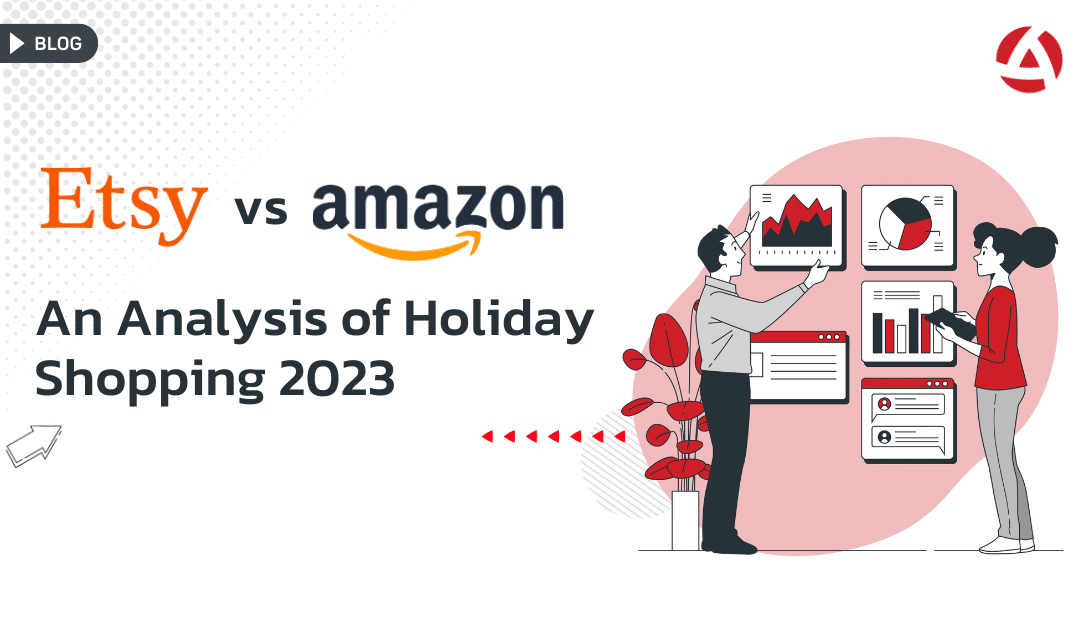Many customers want to tell you what they think and how they feel. Are you really listening to them? Most likely you are saying ‘YES’ and you’re not alone! It is fair to say that companies have become better at listening to their customers in recent years. How deep do you dive into your customer feedback? Are you only looking at your star ratings or are you collecting your customer feedback from everywhere, continuously and in all formats?
Do we need all the customer feedback?
According to a recent study by IBM, over 80 percent of all customer feedback is in an unstructured format. (Including emails, online reviews, social media posts, survey comments, recorded phone calls, etc.). Understanding customer satisfaction and expectation without exploring the unstructured data is like trying to complete a puzzle with a missing piece. It is a challenge to manage loads of company comments and reviews across platforms.
Getting insight out of unstructured feedback
You can analyze structured data (received from surveys) through simple statistical methods. Unstructured data is harder to understand for many reasons: allusions, many unrelated ideas, grammatical errors, misspellings, and unclear sentiments.
The simplest way to understand unstructured customer feedback is to have trained staff read and categorize all the feedback responses. If the company is receiving a few hundred surveys a week, this approach might work. But, it does not scale well when the numbers start to increase. You may begin to face some trouble through limited staff resources, start seeing the human error and of course let’s not forget the increasing cost.
What if there was a way to read, categorize and analyze your unstructured data? Text analytics is precisely this. Determine which topics are on your customers’ mind and trigger actionable insights.
So how does action-oriented text analytics works
Action-oriented text analytics is sometimes confused with sentiment analysis. They are both ways to derive meaning from unstructured customer feedback, yet have entirely different purposes. Sentiment analysis classifies if an expression is positive, negative, or neutral. For example, “The hotel is in a great location with a fantastic view of the city” has positive words “great” and “fantastic.” Now consider a similar sentence: “Fantastic location and great view, ya right.” The same positive words appear, but the customer is using sarcasm to make a negative point. Most often, sentiment analysis using simple techniques may not catch this.
Action-oriented text analytics, through the use of natural language processing (NLP) and machine learning, identifies; the parts of a text, learn which words and ideas are linked, automatically corrects for mistakes and transforms them into actionable insights.
Let’s go over an example. A customer went in for a test drive at a dealer. After the experience, the customer may have some comments. It can be about the test drive itself general, or it can be something particular, like the duration of the test drive. With text analytics, the auto company can differentiate the comment and the dealer. It can enable an automated notification to trigger an improvement task. The related manager can then take action to resolve and even prevent future issues.
Technological advancements in text analytics have made it possible for companies to automatically process and take action on millions of unstructured customer feedback at a much lower cost and much faster!
To learn more about text analytics, have a look at Our Product page to see it in action.




